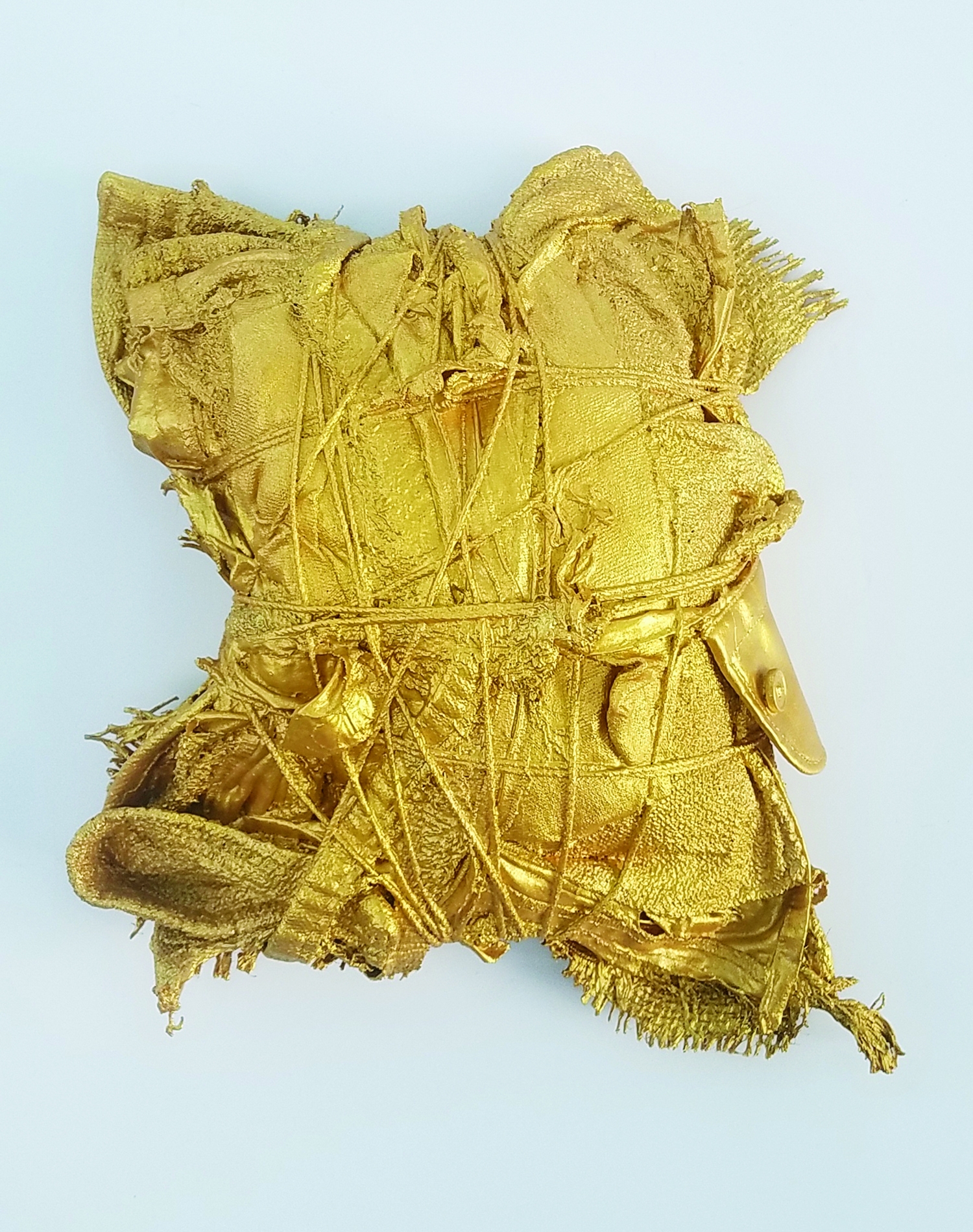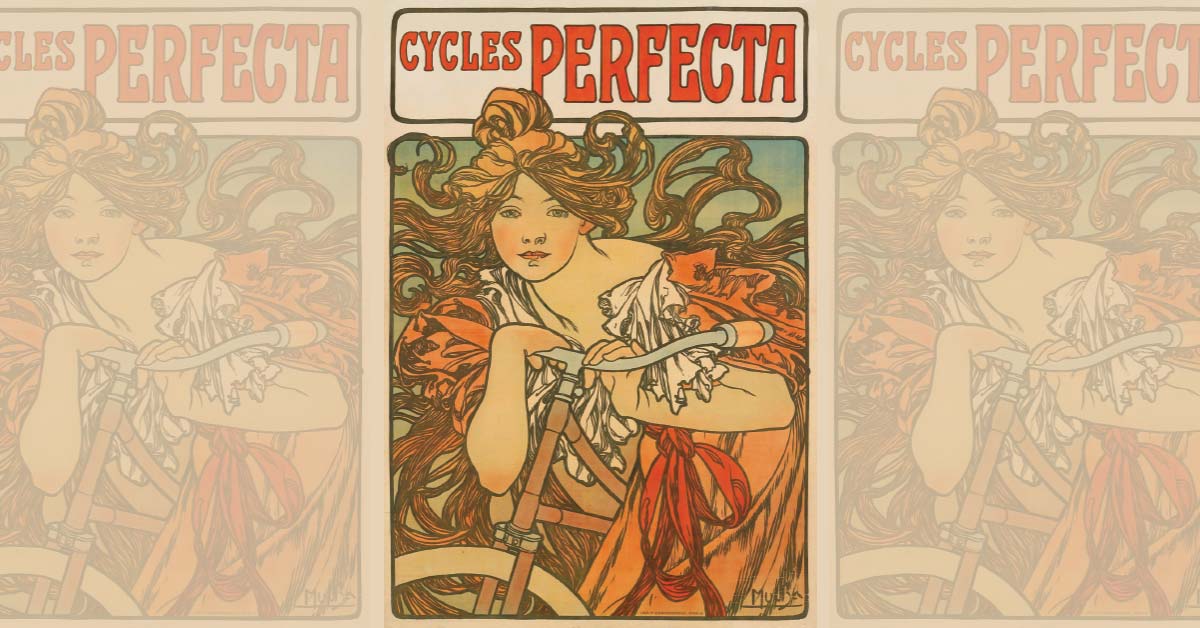If you go to the Urban Institute for Contemporary Arts this month, you might see a familiar name or two.
All three exhibitions debuting on July 12 couldn’t be more different when it comes to the works presented, but they do have one thing in common: a Michigan connection.
“I really wanted to showcase Michigan talent. I wanted to show it on every level,” said Juana Williams, curator at the UICA. “I feel like you don’t have to be an MFA graduate student or a so-called professional artist to have artistic talent.”
For example, Composite is a juried group exhibition that features high school students from Kent, Ottawa and Allegan counties. Williams said there are about 30 students who were selected from the open call, working in all sorts of mediums. She believes this show will be the first of its kind for the gallery, and hopes for it to become an annual event.
Another exhibition opening in July is the Michigan Emerging Graduate Artists (MEGA) 2019, an annual juried show featuring artists currently enrolled in one of Michigan’s academic institutions. The deadline for students to apply had just passed during our interview, but Williams — one of the show’s two jurors — said there were a variety of mediums submitted, including ceramics, installations, drawings and paintings.
“I try to make the effort to show the whole spectrum of different levels of artists,” Williams said. “Although we bring in artists from other states and other countries, UICA started as a space for local artists and to showcase the talent of local artists and support local artists. I’d like to continue with that legacy as much as possible.”
The third exhibition coming in July is a perfect example of fulfilling that legacy.
All That Glitters is a solo exhibition by Mandy Cano Villalobos, who has lived in Grand Rapids for a decade, during which time Williams said she’s become very involved in the city’s arts community.
Williams found Cano Villalobos’ work, process and life story all to be fascinating.
“I hadn’t seen work quite like it before and I was sort of curious for her to explain what it’s made of,” Williams said. “When you look at it, you can’t necessarily understand what products she used or how she put it together.”
Cano Villalobos is more than happy to explain.
“I’m taking a lot of things that have been discarded, and some things from my former installations, then I’m painting them gold. Gold being this obvious reference to something of value or something we desire,” Cano Villalobos said. “I’m transforming what is old into something shiny and new.”
In total, the exhibition will have somewhere between 20-30 pieces, including one large-scale structure that she described as “shack-like.”
In her work, Cano Villalobos uses a lot of discarded products that have domestic histories, like old clothing, discarded cloth diapers and cleaning rags. One series in the exhibition, Corpus, is actually a collection of discarded clothing she made into a vessel.
“I’m interested in woman-dominated, domestic history,” she said. “I’m taking all of these items that belong to that kind of ‘lesser’ history, and trying to put it on an equal platform with the things you find in the library archives or the things you study in school.”
Much of Cano Villalobos’ work comes from an intense awareness of mortality. In her mind, that relates strongly to the idea of home, in part because her grandma died at an early age, unexpectedly. Cano Villalobos was only six months old when it happened.
After the death, her mom and siblings all moved away from their home state of Virginia, where the family homestead is. Losing someone like that has made her family very aware of the fleeting nature of life. She said an underlying practice with her family is to make sure you say goodbye to everyone and that you love them, even if they’re just going to the grocery store.
Her awareness is part of why she takes items that aren’t always gallery-worthy and transforms them, taking something that’s died, in a sense, by being thrown away, and making it full of life again. Her process shows how objects could have had another life with this other context.
“I definitely see it as this idea of resurrection,” she said.
A lot of her work also stems from the topics of personal history, familial relationships through generations, and trying to find a sense of belonging. Cano Villalobos’ desire for a place of permanence comes from moving around a lot as a kid, as her mother was in the military. She’s hoping to find that belonging in Grand Rapids.
“I’m trying to build a sense of community here and a lot of that is involving people in my work,” she said.
Neighbors are more than happy to help out. As we chatted, someone came to her house and dropped off a ceramic angel figurine because they knew she needed it for an upcoming piece. She’s also come home to find tea bags on her porch for the tea bag quilts she makes.
Whether it’s members of her community or total strangers, Cano Villalobos wants her exhibition to help people see those discarded objects in a different way.
“My hope is with that first entrance into the gallery, people will find beauty … that people will recognize a sort of worthy beauty and enjoy it,” she said.
All That Glitters
July 12-Sep. 8
Michigan Emerging Graduate Artists 2019
July 12-Sep. 8
Composite: High School Artists Exhibition
July 12-Sep. 8
Urban Institute for Contemporary Arts
2 W. Fulton St., Grand Rapids
uica.org





